Preservation or restoration? The answer may be a combination of the two
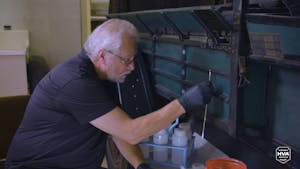
There’s long been a debate when it comes to historical vehicles: preserve or restore? For Brian Howard, the best answer for any historical artifact is a bit of both.
“I see conservation as incorporating the other two—incorporating preservation and restoration,” Howard says in the first episode of The Conservator’s Mindset, a video docuseries from the Historic Vehicle Association. “We’re always debating: how far do we go with this?”
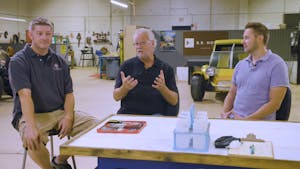
“We” includes Howard’s sons, Collin and Braeden, who work closely with their father at B.R. Howard & Associates in Carlisle, Pennsylvania. Brian is principal conservator, Collin serves as lead technician, and Braeden is head project manager, and each of them brings unique skills and ideas, but they’re all on the same page when it comes to the belief that whenever possible, history should not be erased.
“I was trained in restoration, which to me means getting rid of everything there and starting from scratch,” Collin says. “I think a lot of things get lost when you do full restorations.”
Braeden agrees.
“I like to keep the original story of the object front and center,” he says. “I don’t want any information to be lost. I’m in favor of preservation, stabilizing, and improving the aesthetic without going far over into restoration.”
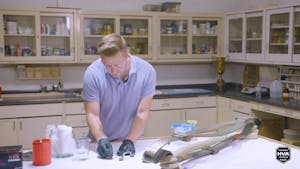
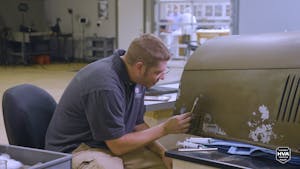
Brian explains that “conservation, as its been traditionally practiced, has really grown out of the art world. It’s dealing with collections in museums, and certainly archeological items being recovered.” He points out that those items tend to be small by nature, but there came a time when the business had an opportunity to work on bigger projects, such as a World War I tank. Suddenly, B.R. Howard & Associates grew—literally, by necessity—so the team could carefully conserve larger items.
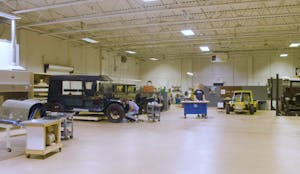
“The principles that we learned for consolidating paint, consolidating and repairing paper, stabilizing corrosion, and polishing metals certainly can be easily scaled up to incorporate the things we now work on,” Brian says.
The Howards live by guidelines established by the American Institute for Conservation, or AIC. Brian says that includes “principles of documentation, which we are mandated to do on any project we have, and reversibility, which is a term not used in restoration. If we’re going to paint something, or touch up areas of paint, (restorers) don’t care if that paint comes off … (but) we have to make sure that we can remove that lacquer or coating and not damage the original that’s underneath.”


The Howards say its important to know exactly what their clients want. For example, the team worked on a historic vehicle whose owners wanted to conserve but also wanted to drive in parades. Since the original leather seats were brittle and continuing to sit on them would further damage what was there, the Howards stabilized the original leather and also made reproduction seats, which can be swapped in for drives. When the car is on display, the original seats are put back in.
“We tailor the treatment to their expectations,” Brian says. “Then it always comes down to, ‘We can achieve this, but how much time is it going to take to achieve this and how much is it going to cost?’ We’ve always had to find a way to this in a cost-effective manner … It’s always in the forefront of our minds.”
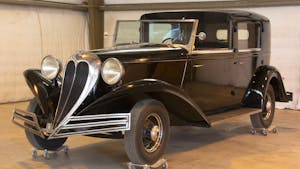
So is the history of the vehicle. It’s about making subtle changes, not big ones. As Brian explains, “I don’t ever want it to be ‘the car that Brian Howard did. I want it to be ‘the car that Thomas Edison’s son drove.’”
“My job is important to me because these things have a story,” Collin adds. “It’s the story that gives them their life—and then I feel related to the object.”
Says Braden, “I think its just important to make sure that the artifact lives on to continue to tell a story to future generations.”
The Howards are doing exactly that.
The Conservator’s Mindset is part of the HVA’s Drive History video initiative, which showcases veteran preservationists, historians, and automotive experts and also features vehicles in the National Historic Register. Videos are scheduled to be released every Wednesday.
We’ll be sure to keep you posted about each new episode; you can also stay in the loop by following the HVA on Facebook, Instagram, and Youtube.

